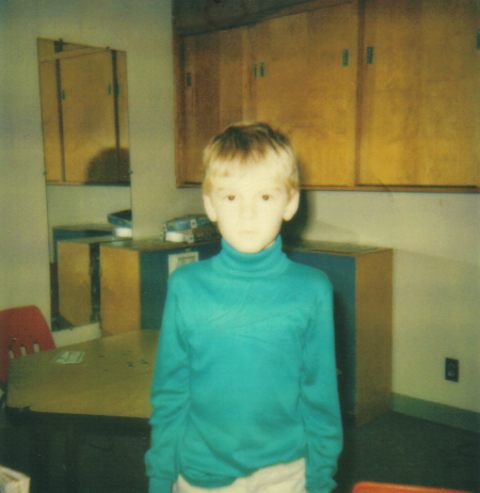SERVICES RECEIVED AT THE DIAGNOSTIC CENTER
Michael received a trans-disciplinary short-term assessment at the Diagnostic Center during the week of June 24th-29th, 1990. He was referred by the East Whittier City School District for an evaluation to determine the extent of Michael's emotional disturbance, appropriate behavior management and instructional techniques and interventions. Results of this assessment revealed the need for a continued diagnostic program to answer specific questions generated by the short-term team. Subsequently, at the request of the district and Michael's parents, he was enrolled for extended assessment within a five-day per week residential setting at the Diagnostic Center from January 7th, 1991 through July 24th, 1991. While attending the Diagnostic Center, Michael was placed in a diagnostic classroom with up to five other students. The primary handicapping conditions of the other students were emotional, behavioral, language and learning handicaps. The students in Michael's class ranged in chronological age from 7 to 12 years. Throughout his enrollment, Michael received on-going related services from the Clinical Psychologist and Speech-Language Pathologist.
 EXTENDED ASSESSMENT CLINICAL PSYCHOLOGY DISCHARGE SUMMARY
EXTENDED ASSESSMENT CLINICAL PSYCHOLOGY DISCHARGE SUMMARY
The continuity of the therapeutic relationship has allowed a degree of trust to develop and lessening of his rigid "on guard" posture with a lessening of his sense of alienation and a reduction of what was initially possibly a very mild depression. There has been some reduction in his anxiety level but at times he still becomes quite anxious. Related to the preceding, it was noticed that very often and occurring at present Michael engages in a highly idiosyncratic, atypical complex motor behavior particularly when he is playing alone at the computer or Nintendo or drawing alone. He appears to become intensely engaged in a highly driven, possibly self-stimulating complex visual-motor activity. During these periods of high activity, thought processes are well under control and affect is unremarkable and he can stop this intense activity and respond to direct questions with no loss of goal direction and no tangentiality with little or no anxiety. For example he may quickly draw and erase figures on a chalkboard very quickly, repetitively, each time drawing the figure or design impulsively over, a little differently each time and impulsively erasing it just before completion. And when asked what he is drawing he will calmly name any object, such as a bridge or a dog of some kind.
SUMMARY OF CURRENT FUNCTIONING
Michael demonstrates the ability to display appropriate behavior within highly structured settings with clearly delineated expectations at an average compliance rate of 87%. He exhibits, although not consistently, a variety of appropriate and compliant behaviors including raising his hand to request assistance or provide information, completing assignments in the allotted time, interacting with peers and adults in a friendly and appropriate manner, and following directions. Michael's inappropriate behaviors include failing to complete assignments perceived as too difficult, teasing staff and peers with verbalizations, profanity and gestures, wandering around the room, and touching or destroying others' property. Michael may quickly alternate between appropriate and inappropriate behaviors. It appears that his display of inappropriate behaviors is an avoidant response to specific tasks. He tries to distract adults and/or peers from the task at hand through various attention-seeking behaviors. However, they may escalate into intolerable, unsafe behaviors such as dangerous running, physical aggression and major disruptions. Adult imposed structure and accommodations and the use of concrete and visual reinforcement system (star chart) has been somewhat effective in decreasing the frequency and intensity of Michael's inappropriate behaviors.

I was discharged from The Diagnostic Center on July 24th, 1991. I began attending a more traditional school the following semester; Murphy Ranch Elementary. It too would not last for long. In fact, I spent less time there than any other school. So little, I appear to be lacking any reports of substance. I found myself at Barbara Dawson Educational Center before the year was finished. I also wrote about Murphy Ranch Elementary in Nintendo Rhapsody (World 2: Back in the Cradle).
No comments:
Post a Comment